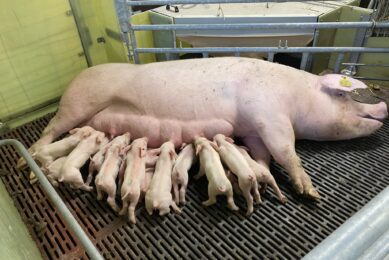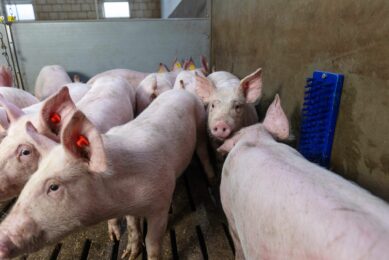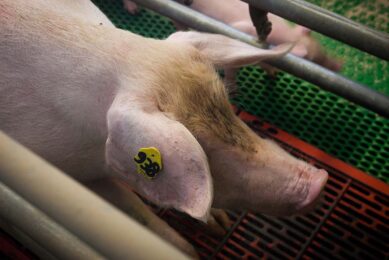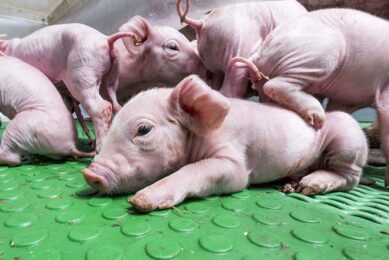Animal welfare in the spotlight at EFSA
EFSA has published important guidelines on the risk assessment of animal welfare and an opinion on the use of animal-based measures to evaluate the welfare of and pigs. They come soon after the adoption of the EU’s new Animal Welfare Strategy 2012-2015.
The European Food Safety Authority (EFSA) has published pioneering guidelines laying out, for the first time, a standardised methodology for the risk assessment of animal welfare.
The methodology, which follows a step-by-step approach, is designed to be applicable to all animal species and all factors that affect animal welfare, including housing, transport, stunning and killing.
Scientific approach
The development of the guidelines supports EFSA’s commitment to ensure that all its work on animal welfare is underpinned by a strong scientific approach.
They will be applied by EFSA’s Panel on Animal Health and Welfare (AHAW) to the future scientific advice it gives on risks associated with animal welfare.
The guidelines support the implementation of the recently adopted EU Animal Welfare Strategy 2012-2015.
“For the first time, scientists, veterinarians and all those within an interest in animal welfare are able to follow a practical, harmonised methodology to assess risks associated with welfare of farm animals,” said Philippe Vannier, Chair of EFSA’s AHAW Panel.
Specialised field
Risk assessment is a specialised field of applied science that involves the evaluation of risks associated with specific factors (or hazards).
In the case of animal welfare, a factor is something that has the potential to impact on the animal’s welfare, such as the conditions that it is housed in, how it is transported from the farm to the slaughterhouse or the way in which it is killed.
Until now, there have been no specific international guidelines on risk assessment for animal welfare meaning different approaches have been followed by scientific experts involved with this type of work.
The methodological framework proposed in the current Guidance document recognises three keys steps in evaluating welfare of animals:
- exposure assessment, in which the level and duration of exposure to factors are defined;
- consequence characterisation, which describes what effect exposure to factors will have on welfare; and
- risk characterisation, which outlines the likelihood of occurrence and magnitude of adverse welfare effects, including any uncertainties and assumptions related to the risk assessment.
The Guidance is also designed to complement the work of the European Commission in the area of animal welfare and comes soon after the launch of the new EU’s Animal Welfare Strategy 2012-2015.
EFSA will present its recent work on animal welfare risk assessment at an international conference in Brussels (29 February – 1 March 2012) organised by the EC and the EU Danish presidency, entitled: “Implementing animal welfare through the new EU strategy: consumer empowerment and market opportunities”.
Join 18,000+ subscribers
Subscribe to our newsletter to stay updated about all the need-to-know content in the pigsector, three times a week. Beheer
Beheer










 WP Admin
WP Admin  Bewerk bericht
Bewerk bericht